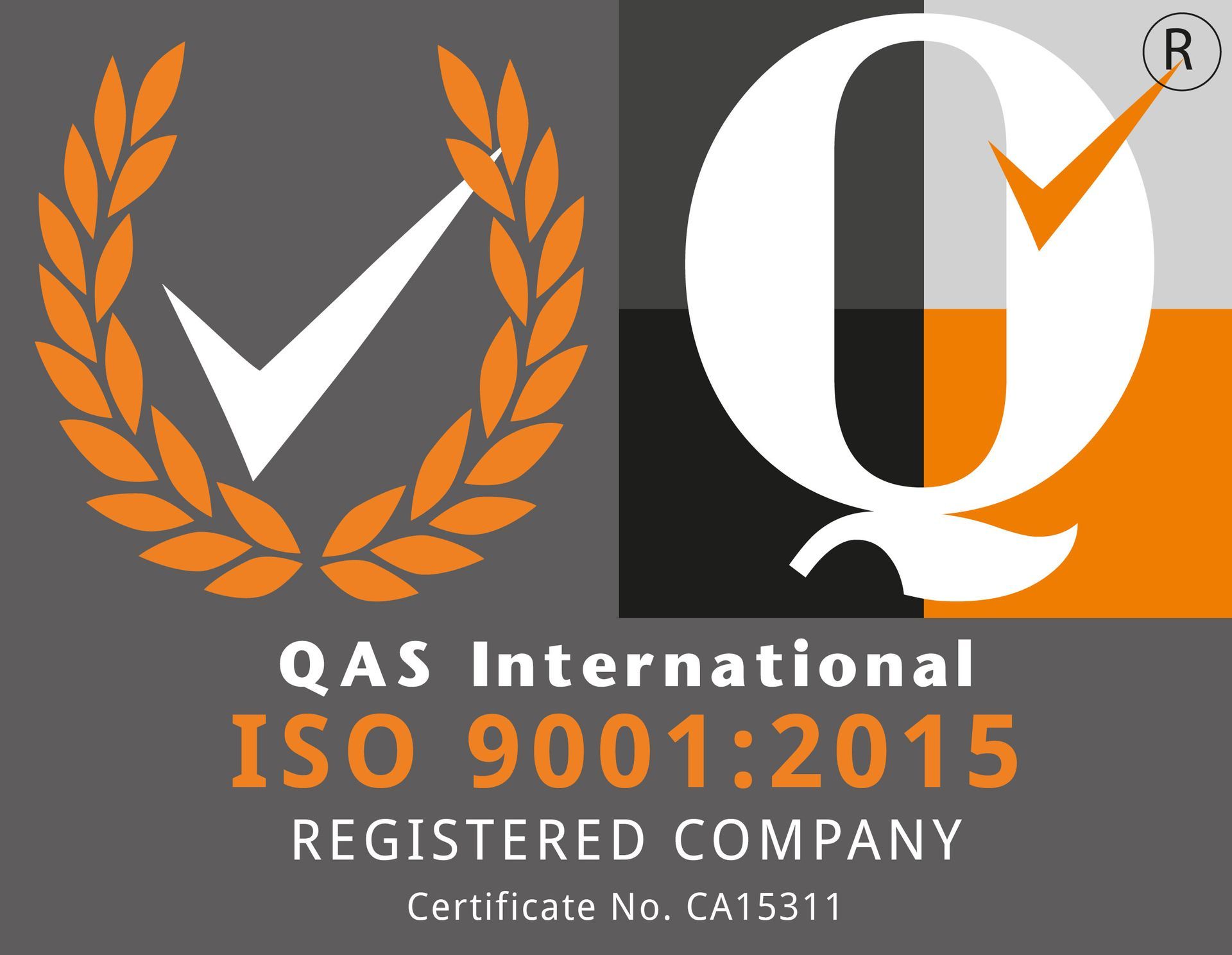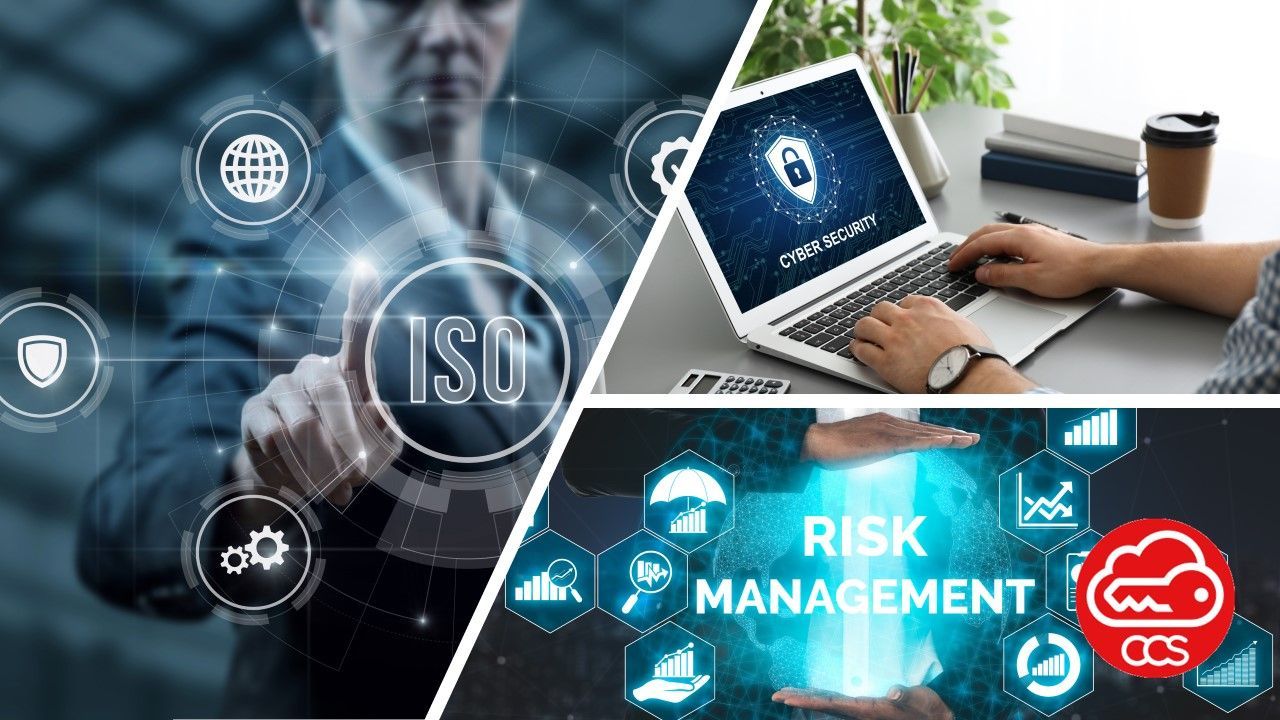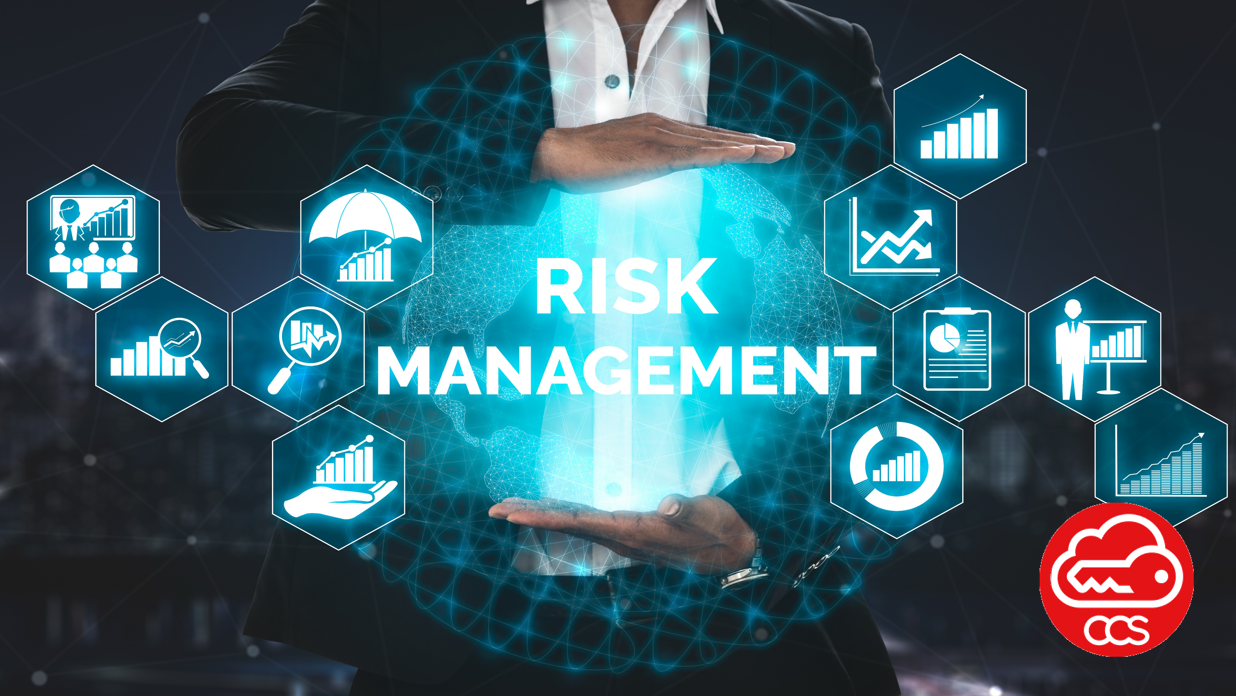Strengthening Cybersecurity and Third-Party Risk Management with ISO Standards
In today's digitally-driven landscape, robust cybersecurity and efficient third-party risk management (TPRM) are paramount. As businesses navigate an ever-evolving threat environment and increasingly rely on external partners, structured frameworks and best practices become essential to safeguard sensitive data and operations.
ISO standards, globally recognized and adopted across industries, emerge as indispensable assets in addressing these pressing challenges. Offering comprehensive guidelines and frameworks, ISO standards empower organizations to bolster their cybersecurity posture and manage third-party risks effectively.
Structured Frameworks for Cybersecurity and TPRM
ISO standards epitomize a commitment to establishing structured frameworks, guiding organizations in implementing robust cybersecurity measures and TPRM processes. Notably, ISO/IEC 27001 for information security management, ISO 22301 for business continuity management, ISO 45001 for occupational health and safety, and ISO 50001 for energy management provide meticulously crafted frameworks, enhancing resilience against cyber threats and third-party risks.
Emphasis on Risk Assessment and Management
A cornerstone of ISO standards lies in emphasizing thorough risk assessment and management. Mandating comprehensive risk assessments to identify vulnerabilities and threats, ISO 27001 enables organizations to implement controls to mitigate these risks. Similarly, ISO 22301 emphasizes the importance of risk assessment for business continuity planning, ensuring organizations can proactively manage risks associated with disruptions.
Compliance and Legal Requirements
ISO standards play a pivotal role in aiding organizations to comply with regulatory and legal requirements pertaining to cybersecurity and TPRM. Adherence to ISO standards signifies a commitment to industry-recognized best practices, facilitating compliance with regulatory frameworks such as GDPR, HIPAA, and PCI DSS. By aligning with ISO standards, organizations mitigate legal risks and demonstrate due diligence in protecting sensitive data and operations.
Cultivating a Culture of Continuous Improvement
A hallmark of ISO standards is the emphasis on continuous improvement. Organizations are urged to regularly review and update their cybersecurity and risk management practices, ensuring effectiveness against evolving threats and challenges. Through periodic audits, assessments, and evaluations, organizations identify areas for enhancement, implementing corrective actions to fortify their cybersecurity posture and TPRM processes.
Effective Vendor Management
ISO standards provide guidance on managing third-party relationships, crucial in TPRM. Organizations leverage ISO standards to establish vendor selection criteria, assess security posture, and define contractual obligations related to cybersecurity and risk management. Ensuring vendors adhere to recognized standards and best practices, organizations mitigate risks associated with third-party dependencies, augmenting overall resilience.
Enhancing Organizational Resilience
By adopting ISO standards, organizations enhance resilience to cyber threats and disruptions stemming from third-party failures or breaches. ISO-compliant cybersecurity measures and TPRM processes enable organizations to identify vulnerabilities, respond effectively to incidents, and recover swiftly from disruptions, minimizing the impact on operations and reputation.
ISO standards serve as invaluable resources for organizations seeking to fortify their cybersecurity posture and manage third-party risks effectively. By providing structured frameworks, promoting risk assessment and management, ensuring compliance with legal and regulatory requirements, fostering continuous improvement, facilitating effective vendor management, and enhancing organizational resilience, ISO standards empower organizations to navigate the complex landscape of cybersecurity and TPRM with confidence and resilience.





